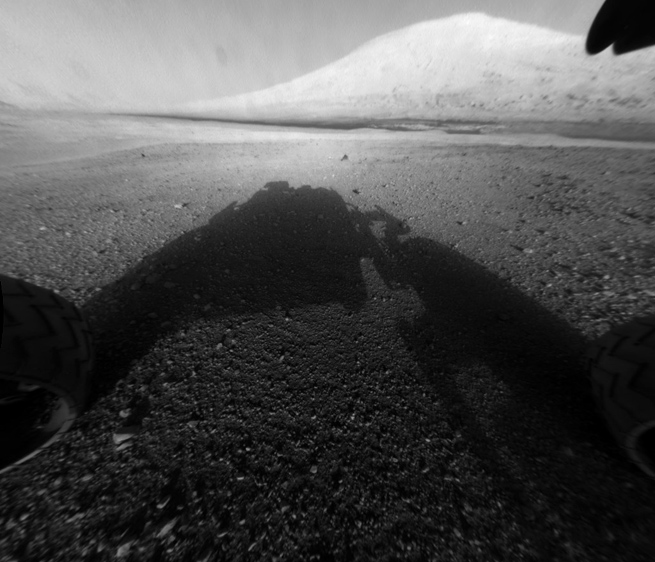When we first saw pictures from NASA’s Curosity mission to Mars, many of us asked, “That’s it?” Yes, the images weren’t as detailed as we wanted, but they were from another planet, so we happily gobbled them up.
But why does the Mars rover feature paltry 2-megapixel sensors on its main imaging cameras? The decision stems from planning of the rover’s systems back in 2004, Malin Space Science Systems project manager Mike Ravine told Digital Photography Review.
The planning team selected the 2-megapixel sensor on Curiosity for several reasons. First, it had to produce a reasonable amount of data for transmission back to Earth via a UHF transmitter. Second, it had to meet the needs of four different camera types. Third, the team had deep familiarity with this imaging technology.
“We developed all four cameras around a common architecture, so the choice of sensor was hedged across all of them,” Ravine said. “We wanted to be able to capture high frame rates, particularly with the descent camera. We also looked at a 4MP sensor, but it would have run around half as fast. And the state of CMOS sensors wasn’t credible in 2004. They’re an interesting option now, but they weren’t then.”
In light of advanced camera technology featured on today’s smartphones, Ravine seems slightly disappointed the images on Mars aren’t more breathtaking.
“There’s a popular belief that projects like this are going to be very advanced, but there are things that mitigate against that,” Ravine said. “These designs were proposed in 2004, and you don’t get to propose one specification and then go off and develop something else. 2MP with 8GB of flash [memory] didn’t sound too bad in 2004. But it doesn’t compare well to what you get in an iPhone today.”
As you might know, the latest iPhone features an 8-megapixel sensor with 1080p HD video recording. It’s ultimately more powerful than what Curiosity has, showing how far camera technology has come in the past few years. Heck, Nokia even has a 41-megapixel camera in one of its phones.
To compensate for having less powerful sensors, Curiosity’s Mastcam can take multiple images and stitch them together. In the photo above, you can see how this function can create panoramas and better detail.
You can view more photos from Curosity at NASA.gov. Or check out the gallery below:
[vb_gallery id=506192]




